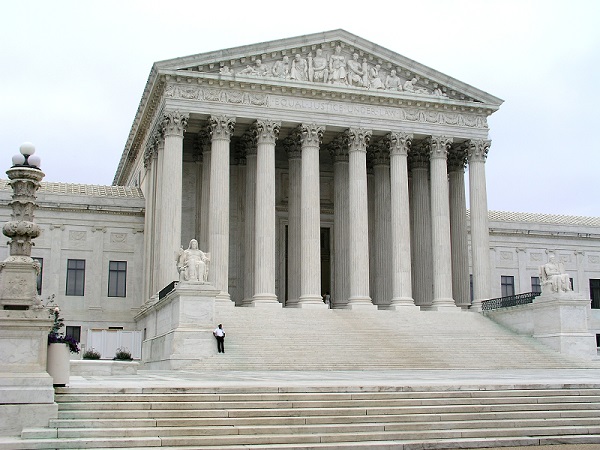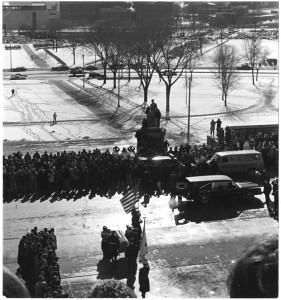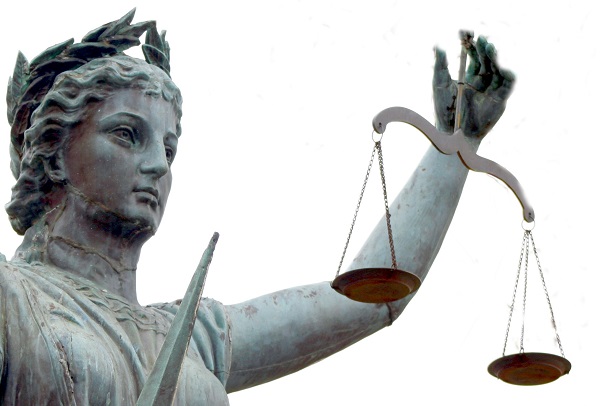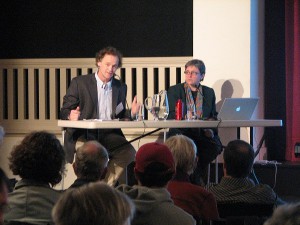 You may have caught the recent story of nearly 900 immigrants who recently became American citizens in a St. Paul ceremony. One particular immigrant-cum-citizen had recently been affected by President Trump’s new executive order regarding immigrant travel that had temporarily kept her from returning to Minnesota. The controversial order has since been put on judicial hold, but none of these brand-new citizens will have to be concerned with it when making future travel plans. This story illustrates that where citizenship is concerned, it is obviously easier to be born a citizen per the Fourteenth Amendment’s citizenship clause than it is to obtain such status later in life.
You may have caught the recent story of nearly 900 immigrants who recently became American citizens in a St. Paul ceremony. One particular immigrant-cum-citizen had recently been affected by President Trump’s new executive order regarding immigrant travel that had temporarily kept her from returning to Minnesota. The controversial order has since been put on judicial hold, but none of these brand-new citizens will have to be concerned with it when making future travel plans. This story illustrates that where citizenship is concerned, it is obviously easier to be born a citizen per the Fourteenth Amendment’s citizenship clause than it is to obtain such status later in life.
This citizenship distinction wasn’t always so clear. The elusive but pivotal Supreme Court case United States v. Wong Kim Ark was decided in 1898, only two years after Plessy v. Ferguson. In said case, Wong Kim Ark was born in 1873 in San Francisco to Chinese immigrant parents. His parents later returned to their homeland, but Ark remained in San Francisco, occasionally traveling to China to visit his folks. It was only on his return home from such a visit in 1895 that he was detained by border officials and not allowed back in. This was due to strict enforcement of the Chinese Exclusion Act under which he was not considered a citizen. Ark contested his exclusion, asserting that he was in fact a citizen and thus the Act did not apply to him. The end decision was the literal and absolute interpretation of the 14th Amendment’s opening clause, “[A]ll persons born or naturalized in the United States, and subject to the jurisdiction thereof, are citizens of the United States and of the state wherein they reside.”
President Trump has called for an end to what he calls “birthright citizenship,” which is at odds with the current interpretation of the 14th Amendment. This year’s ABA Law Day theme happens to be [T]he Fourteenth Amendment: Transforming American Democracy. Beyond just the citizenship clause, expect to hear more about the Fourteenth Amendment and our planned Law Day celebration in weeks to come.








